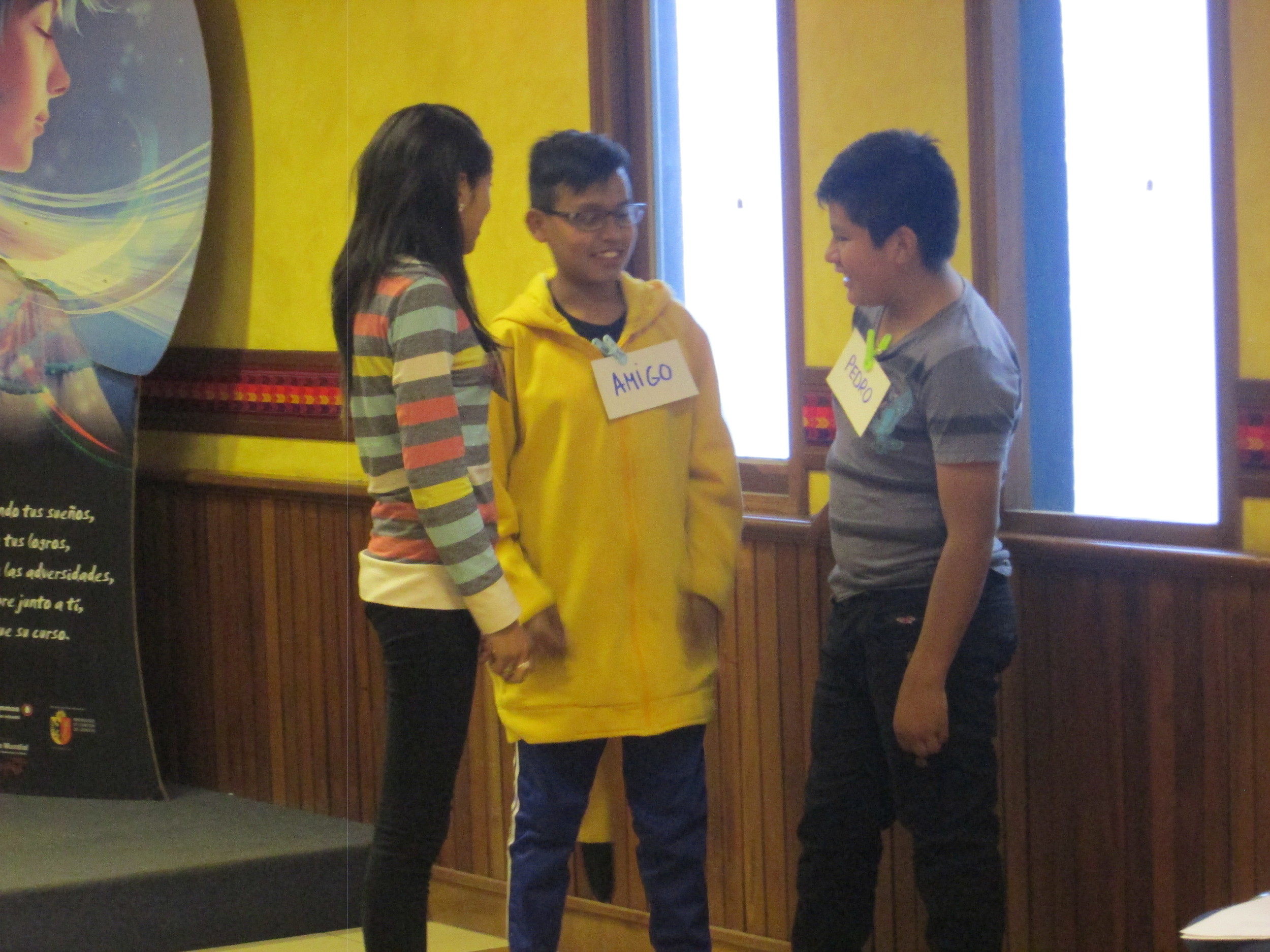Cochabamba, Bolivia
Cochabamba is the third largest city in Bolivia with a population of 1,938,401 (as per the 2012 Census). Cochabamba, the capitol of the Cercado Province, is located in Bolivia's Southern Zone region. District 8 of Cochabamba, where the GEAS took place, has has 30 Territorial Base Organizations (OTBs) or Neighborhood Councils. District 8 is the largest district and has 30,858 inhabitants, with 45% of the population consisting of migrants and 84% lacking secure access to clean water. Each OTB has around 1,028 inhabitants. The pilot took place in 6 OTBs.



Research Team
Our collaborating partner in Cochabamba is the Instituto de Desarrollo Humano.
Liseth Arias, Primary Investigator
Dr. Liseth Arias has a master's degree in public health specializing in epidemiology, a degree in secondary teacher training, and a post-graduate degree in systems and health services management. She is the Director of Medicine at the Franz Tamayo University, and has been working as a Research Director of Medicine for the Technical Private Cosmos University. She was charge of research at the Instituto de Desarrollo Humano. During this period she was involved in research projects about sexual and gender studies including the project “Vulnerability to HIV among Quechua and Aymara adolescents in Cochabamba." She also was in charge of a research project on diagnosis of HIV among trans sex workers. She has been working on the CERCA project, an intervention study on community-embedded reproductive health care for adolescents in Latin America. Liseth has experience in traditional medicine as a consultant in the Bolivian Health Ministry – Health Reform Program and also has experience supporting The Care Program of Prevalent Diseases of Children for the Bolivian Health Ministry, providing training on health issues among children and adolescents for the health personnel of the department of La Paz. Contact Dr. Arias.
Joaquín Salcedo, Field Coordinator
Joaquín Salcedo, MD, has a Master in Higher Education in Health and training in Epidemiologic Surveillance. He attended the Primary Health Care Program in the Vallegrande Rural Area in Bolivia where adolescent care was an important component. Dr. Salcedo is an epidemiologist the local, regional and national levels in Bolivia, and a PAHO epidemiologist for 20 years in several countries. Having the opportunity to be at the IDH (Instituto de Desarrollo Humano) he has followed most of the work of the institution has conducted research with young adolescents on HIV/AIDS and violence.


